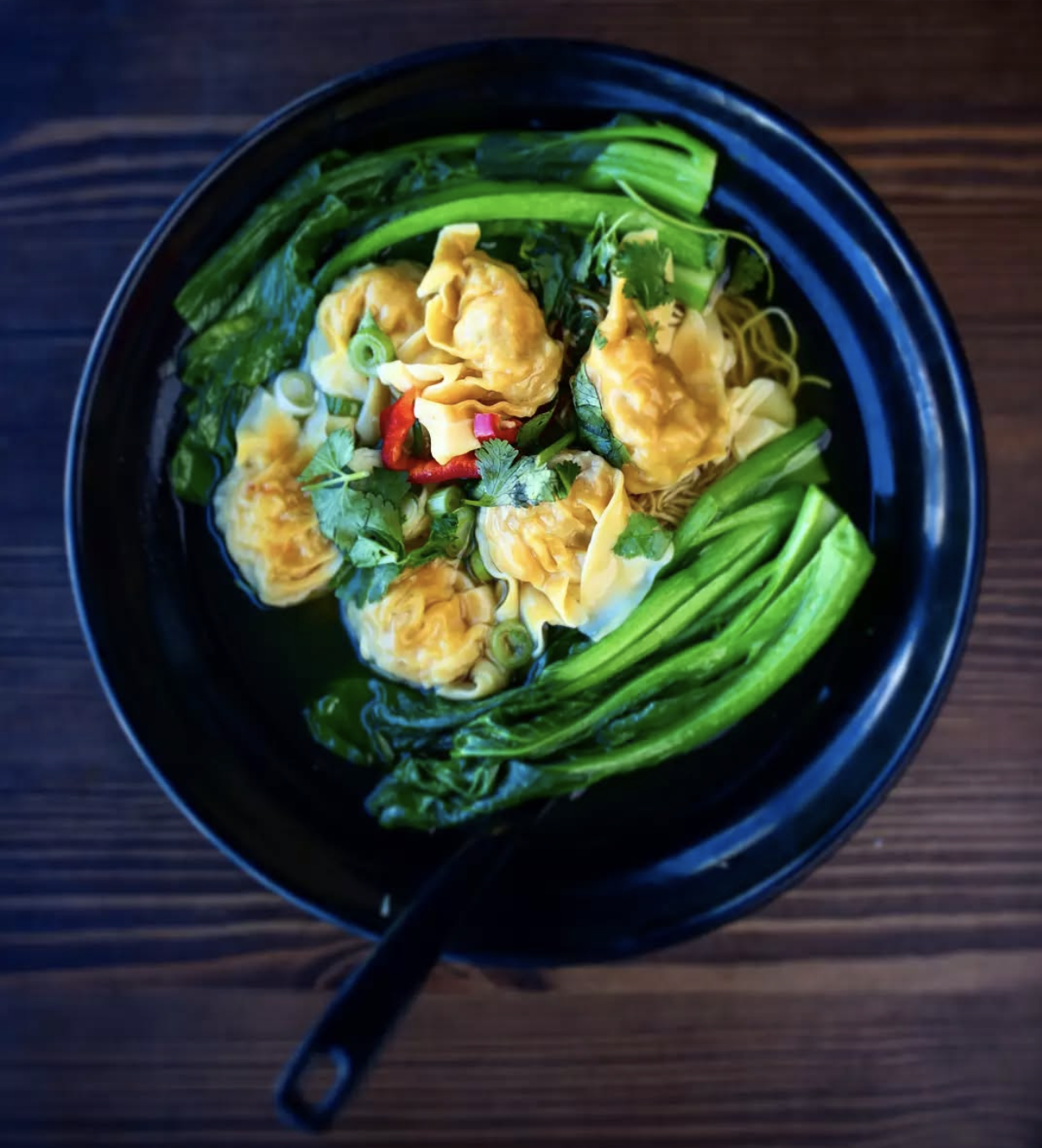Let’s be honest: 2025 has been rough on many of us, and we could all use a little extra luck right now.
When it comes to the Lunar New Year celebration, observed this year from January 29 to February 12 in Chinese communities, it is often about scoring a little luck and fortune for the coming twelve months, the Year of the Snake.
Many people erroneously believe that if their Chinese zodiac year and the current Chinese zodiac year match up, it’ll be an excellent year for them.
However, counterintuitively, this is not the case.
The schism is about Tai Sui—a god, a star, a mysterious energy force—who is offended by anyone born under the current zodiac year’s animal sign. Tai Sui can make your last Mercury-in-retrograde feel like a Griffith Park pony ride. Even if your year isn’t the snake, it may still be challenging for other signs. For others, however, this year promises good things.
Remember: None of this good luck/bad luck stuff is set in stone. There are many ways to nudge some good luck and fortune toward you, such as rearranging the furniture to feng shui your way into good luck while banishing the bad. You can wear certain things (like jade) or specific colors (red) to achieve the same things.
Or you can eat your way to good luck and wealth.
Here’s an unusual rule for the Lunar New Year: If it sounds lucky, eat it. This might seem strange, but a primary device for linking luck to Lunar New Year traditions is the homophone, which sounds like another word but has a different meaning.
For example, a big homophonic food for the Lunar New Year is Chinese glutinous rice cake or nian gao. In Mandarin Chinese, nian gao means “year cake,” or more commonly, “new year cake.” It also sounds like “sticky cake” (which fits texturally). The good luck homophone part is that it also sounds like “year high” or, in a poetic interpretation, “getting higher year after year” in accumulating wealth or status. So eat some nian gao to get that cheddar stacked.

Nian gao is readily available at many Chinese bakeries and supermarkets during the Lunar New Year season. For the fresh stuff, though, get it at Chinese bakeries or restaurants like Phoenix Food Boutique in Temple City.
Fish is another lucky food because the Chinese word for fish, yu, sounds like another Chinese word: “surplus.” The fish should be served whole (head to tail) so the head can be pointed at the guest of honor or an elder. When eating the fish, never flip it over. Otherwise, you’re symbolically “capsizing the boat.” Which is obviously bad.
Catfish is a great fish to eat since, homophonic-ally, its name sounds akin to “year surplus,” i.e., your cup overfloweth. That, my friends, is a good thing. Fried, steamed or roasted, keep the fish whole to ensure a bountiful year.
Fresh is good, but life is better when discussing whole fish for Lunar New Year meals. Go to Chinese restaurants with fish tanks full of live fish, as they do at Newport Seafood in San Gabriel.
And who doesn’t love dumplings? With the lunar new year, you have the perfect excuse to channel your inner Joey Chestnut and stuff yourself stupid with them. Because, apparently, the more you eat, the more money you’ll make in the new year. Eat more, earn more? Say no more. Bring on the dumplings. Also, back in the day, dumplings resembled Chinese silver ingots. And you are what you eat...
For fresh dumplings made daily with house-ground pork, Hui Tou Xiang in San Gabriel is the go-to spot for a wide variety, from xiao long bao to spicy wonton. It’s a popular restaurant for dumpling heads in the know, yet it still has remained a bit of a secret. Their best-selling, three-flavored dumpling stuffed with pork, shrimp, egg, and chives is super flavorful. Even the vegetarian dumpling is jam-packed with delicious things like Napa cabbage, carrots, bean curd, and glass noodles. Buy them by the bagful and eat your way to a higher tax bracket.
Spring rolls are another year-round favorite, but they take on auspicious meaning when eaten during the lunar new year. These light rolls filled with shredded pork and veggies were traditionally eaten during the spring festival, hence their name. They’re also associated with the lunar new year as a food bringing wealth. Mainly this means fried spring rolls, with their golden crust that resembles gold bars if you look hard enough.
Roll up to Summer Rolls, a Vietnamese restaurant in Rosemead that should satiate your stomach and any annoyed deity hoping to rain on your lunar new year for satisfying and shatteringly crispy, golden-fried spring rolls. The Vietnamese also commemorate the lunar new year, known as Tet Nguyen Dan, celebrated for one week.
Traditionally, this next food, which represents long life, requires a specific style of noodle called yi mian. Sodium bicarbonate is a key ingredient in longevity noodles, which gives these strands their springiness, making them less likely to snap, shortening the noodles, and according to superstition, cutting your own life short. The goal is to enjoy an extra long strand in one slurp for a chance at a nice, long life in your rocking chair.
So, to hack this Lunar New Year food tradition, you don't necessarily need yi mian noodles, but any noodle that’ll stand up to the ultimate noodle pull and make it down your gullet in one go. Noodle Art in Monterey Park offers hand-pulled flat noodles that stretch like Mister Fantastic in a tight situation. These made-to-order skeins of flour noodles are topped with a broad option of flavors from cumin and mutton to sirloin beef and tomatoes. Saying these long noodles will give you a longer life could be a stretch. But, hey, at least they taste good.
You may have never tasted tangyuan. But these little glutinous rice orbs encasing red bean or sweet, smoky sesame filling are pretty similar to mochi, which you may have eaten before. They’re chewy, gooey, and fun to eat. Tangyuan is boiled and served in hot, syrupy water, then enjoyed like a soup—a dessert soup, in fact.
Due to the fact that the word tangyuan is similar to the Chinese word for "reunion" (tuanyuan), this cherubic ball of sweetness has come to symbolize family and togetherness. Grab a pack from any Chinese supermarket like 99 Ranch to make them at home.
Look no further than your everyday citrus, from oranges to pomelos, for the most basic of good luck foods. They can represent fullness and wealth as long as they’re round and golden (or orange). But if you want to be extra, stop by a Chinese market and get good luck fruit in a gift box. That definitely makes a bigger statement than a sad, plastic produce bag.
If you want to go really big, perhaps the most extravagant, intricate, and time-consuming dish you can offer your guests is poon choi or, translated, "basin vegetables."
This one-pot feast is all about over-the-top abundance, hearkening back to the legend of a visiting emperor and the villagers who wanted to either honor or help him and his men, depending on which version of the story you know. The people amassed their best ingredients, hoping to impress the visiting ruler. However, they discovered they were short on serving containers. That’s when they placed all the ingredients into large basins for cooking as well as serving.
This poon choi feast worked its way into lunar new year celebrations as a way of demonstrating abundance. The amount of different items mingling in the basin depends on what you want in it. Some poon choi vessels include up to 16 individual ingredients. Hop Woo Chinese BBQ and Seafood Restaurant in Chinatown sells two types of poon choi: one with seafood and one without.
Their seafood poon choi brims with abalone, shrimp, braised dried oyster, braised pig feet, roast pork, roast duck, poached chicken, braised shiitake mushroom, and fat choy (black sea moss). It costs $188 and can feed six. Delete the seafood and you’re looking at $128. The fat choy is probably the luckiest ingredient in the feast because its homophone is “make a fortune.”
Tame the snake. If you want to be lucky for the lunar new year, then you have to eat luckily! Happy Year of the Snake.
Xīn Nián Kuài Lè!
This post was originally published in 2022 and has been updated.







